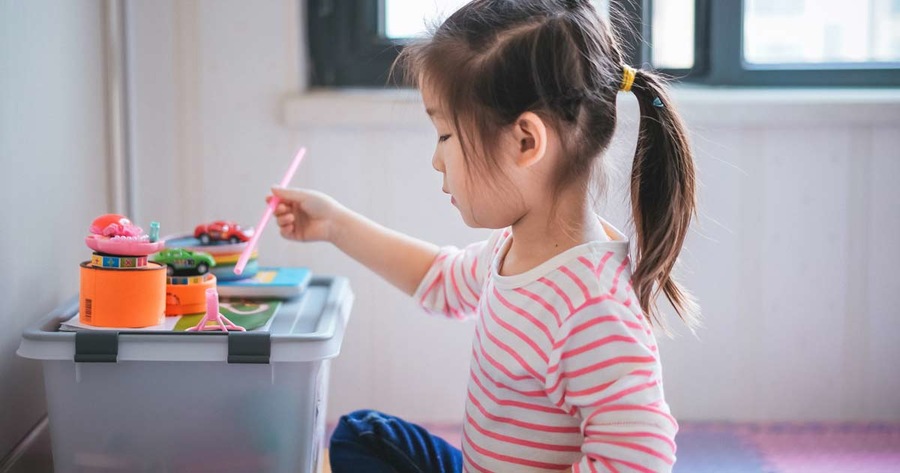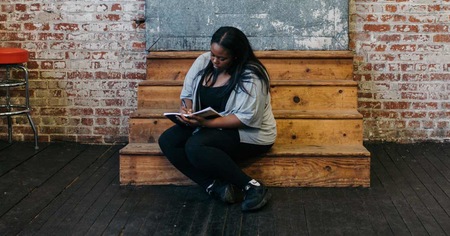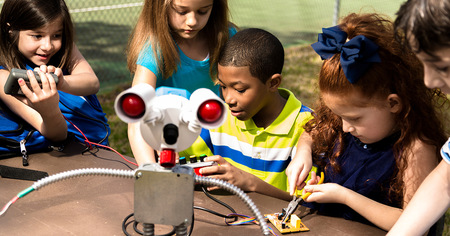Afterschool professionals can plan and provide experiences that encourage youth voice and choice and encourage creativity. Creating a learning environment that removes constraints for creativity and gives young people space and frameworks to be creative is key. Try one or more of these approaches.
Share control with youth. In creative learning environments, afterschool professionals should support the learning process instead of directing it.
Explore young people’s interests. Value and celebrate creativity. Creative learning environments promote confidence and curiosity in youth. Looking at youth interests drives their cognitive processes. Consider what's important to students. The promotion of creativity from the youth perspective is highly motivating.
Establish expressiveness and ensure youth feel comfortable and safe to develop and share ideas. Afterschool professionals must allow for flexibility and create norms that promote creative thinking. This includes allowing the necessary space and tools for creativity.
Teach youth the skills needed to be creative. Creativity should be thought of as a skill—like physical skills and other cognitive skills. It's not a trait, but a proficiency that can be taught. With this mindset, our mission as afterschool professionals becomes finding ways to encourage the use of creativity and break it down into smaller skill sets.
Use emotional connections. Sometimes, the best creativity ties into the emotions of the learner. This means connecting creativity to problems or resources in the community. This creativity can lead to opportunities for sharing, mentoring or making new social connections.
Use a creativity model. The Incubation Model designed by E. Paul Torrance involves three stages.
- Heightening anticipation. This includes making connections between the environment and the students' real lives. This helps to "create the desire to know."
- Deepen expectations. Approach tasks, problem-solving and activities in a new way. Youth will desire the time to brainstorm and create opportunities to solve the problem.
- Keep it going. The creative environment should continue beyond the lesson or the program. Creativity is not a "one-shot" experience. It's a continuous experience in learning.
The installation of the creative environment can lead to youth's enhanced use of imagination, self-discipline, self-motivation, resiliency, collaboration and acceptance of responsibility. This, in turn, can lead to increased academic success, social success and greater enjoyment of learning.
Dr. Scott Klungseth is the Director of Beresford PRCE, which oversees the Watchpuppy Pre-School, After-School and Summer Kids Connection, and Family-Based Recreation Programs in Beresford, South Dakota. Dr. Klungseth also serves as an Assistant Professor of Education at Dakota State University and is one of the inaugural NAA/TOY Association National Play Ambassadors.




